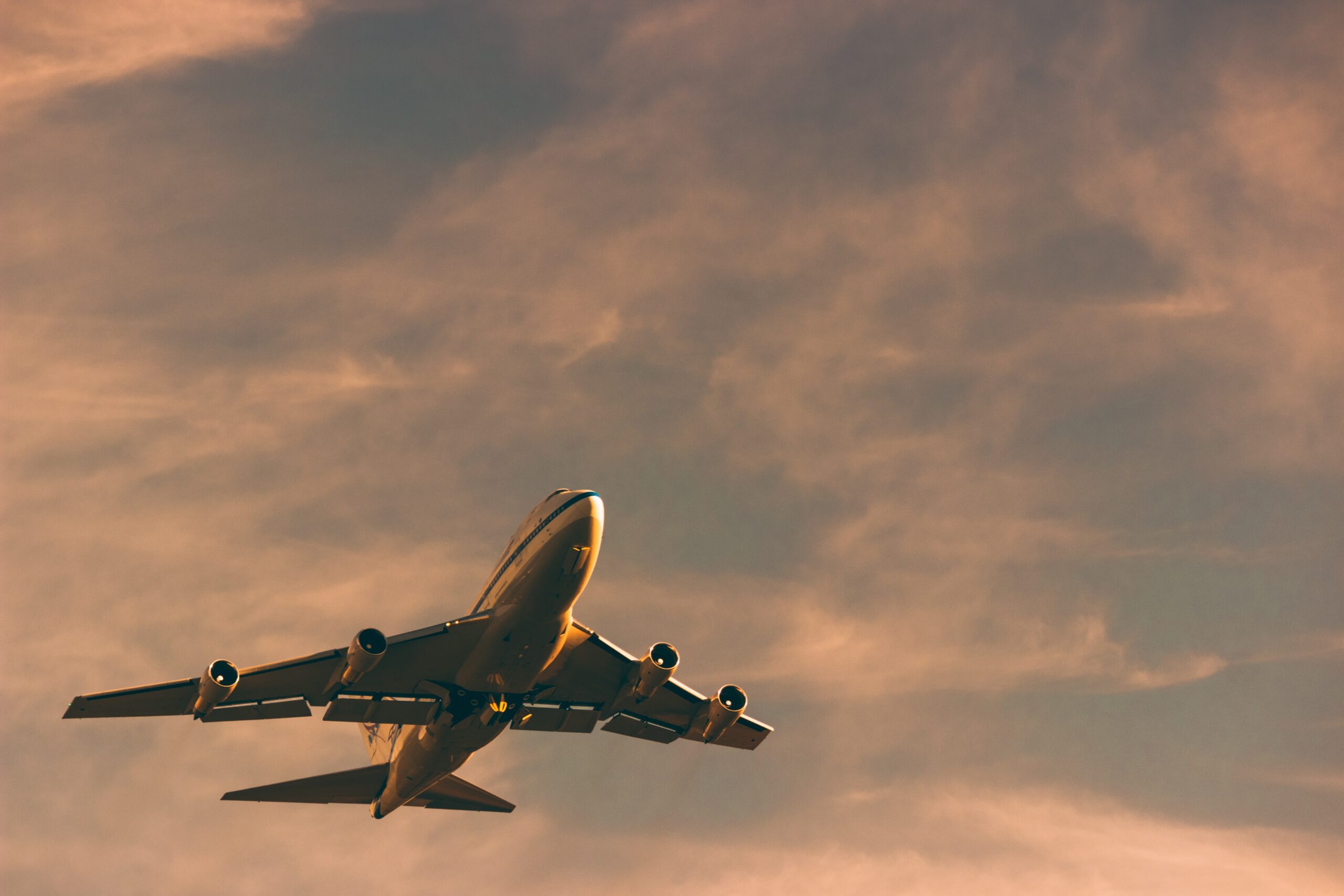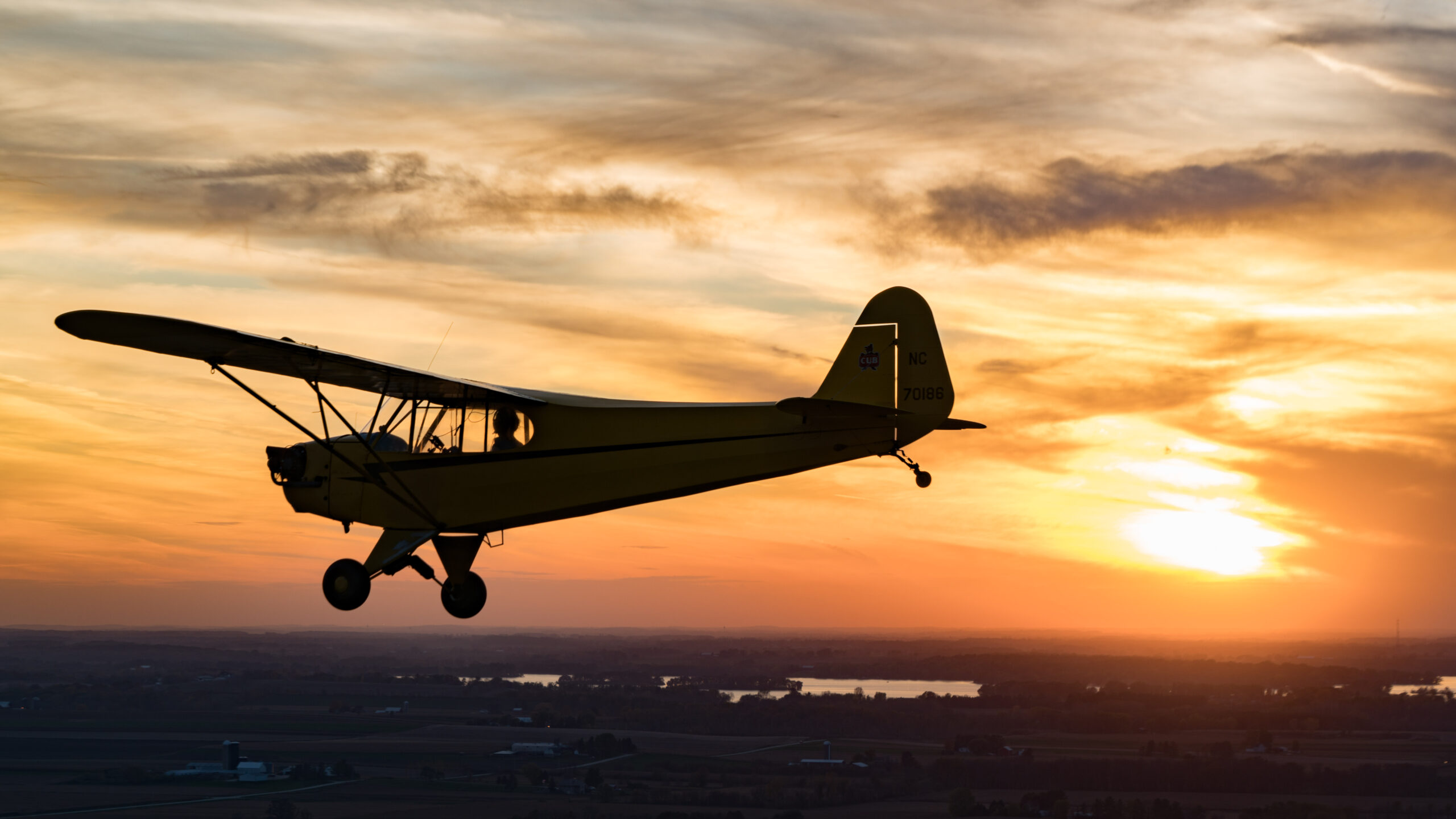
Ah, airplanes. Those massive metal machines that defy gravity and soar through the sky, leaving us mere mortals gazing up in awe. Have you ever looked up at the sky and wondered, “how on earth does a massive airplane stay up there?” If so, you’re not alone. The idea that a massive metal machine weighing hundreds of thousands of pounds can stay afloat in the air is mind-boggling, to say the least. But fear not, my friend, for the answer lies in a simple yet powerful concept called Bernoulli’s principle in flight.
What is the Bernoulli Effect?
So, what is Bernoulli’s principle? In the simplest terms, it states that as the speed of a fluid (air or liquid) increases, its pressure decreases. This means that if you have a curved surface that forces air to move faster over the top than the bottom, you create a difference in pressure, which generates lift. This is known as the “Bernoulli effect.”
Now, let’s apply this principle to the flight of airplanes. As an airplane moves forward, air flows over its wings, which are curved on the top and flat on the bottom. This creates a difference in the speed of the air flowing over the top and bottom of the wing, with the air on top moving faster than the air on the bottom. According to Bernoulli’s principle, this difference in airspeed creates a difference in pressure, with lower pressure on top and higher pressure on the bottom.
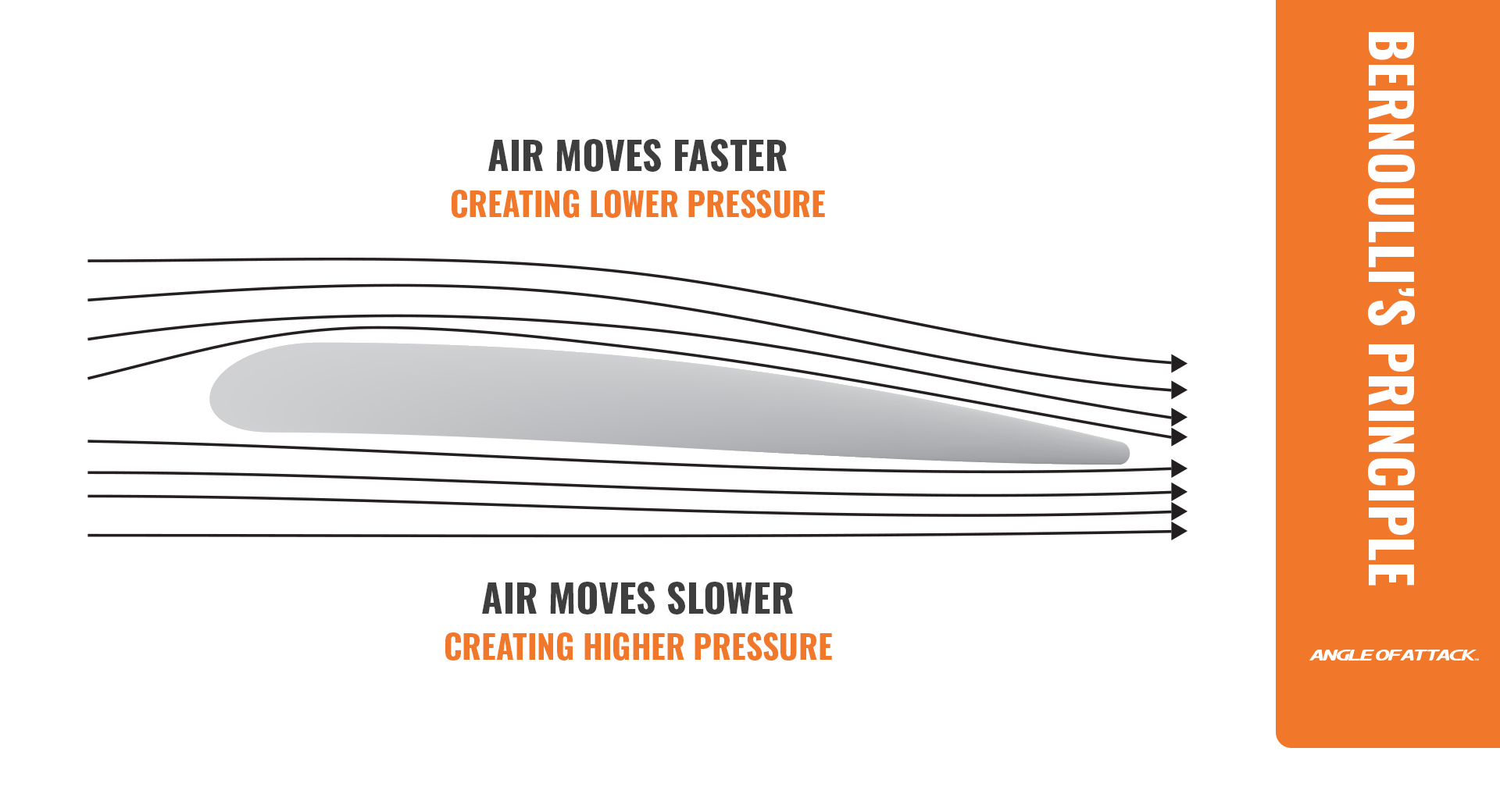 This difference in pressure creates a force called lift, which is what keeps the airplane up in the air. The lift force is perpendicular to the direction of the airflow and opposes the weight of the airplane, allowing it to stay airborne. In other words, airplanes fly because of Bernoulli’s principle!
This difference in pressure creates a force called lift, which is what keeps the airplane up in the air. The lift force is perpendicular to the direction of the airflow and opposes the weight of the airplane, allowing it to stay airborne. In other words, airplanes fly because of Bernoulli’s principle!
But hold on a second, there’s more to this story. While Bernoulli’s principle plays a significant role in the lift force, it’s not the only factor at play. In fact, some experts argue that the way Bernoulli’s principle is commonly explained to the general public is oversimplified and can lead to misconceptions.
The Other Side of the Story
One important point to note is that Bernoulli’s principle only explains part of the lift force, specifically the lift generated by the wings. There are other factors at play, such as the angle of attack (the angle between the wing and the oncoming airflow) and the shape and size of the wing. Additionally, Bernoulli’s principle doesn’t explain how airplanes generate lift during takeoff and landing when the wings are moving relatively slowly.
So, while Bernoulli’s principle is an important concept to understand in the context of airplane flight, it’s not the whole story. As with most things in science, the truth is often more complex than what can be explained in a soundbite.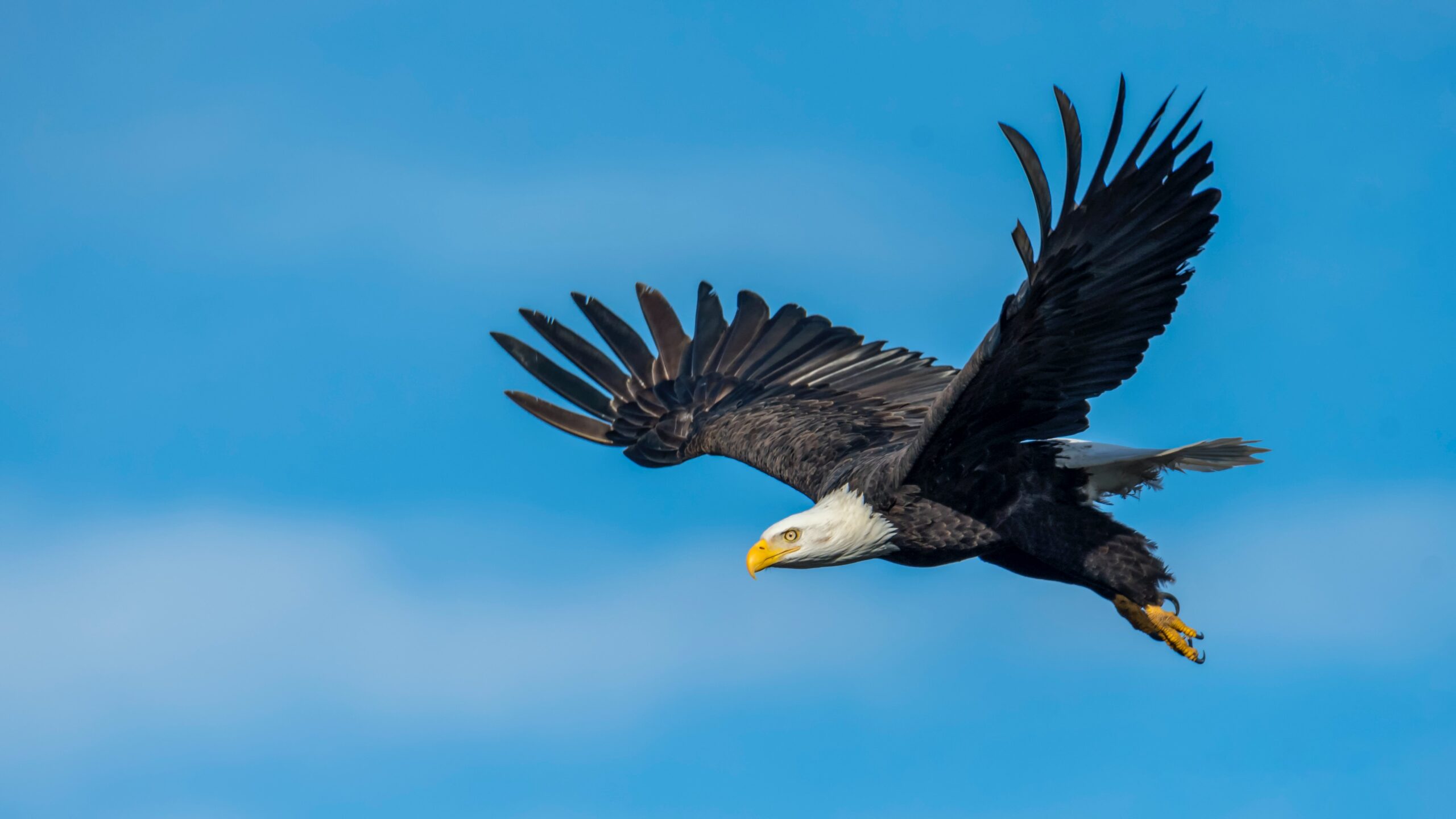
Now, think about this. Have you ever seen a bird fly by flapping its wings up and down? Well, that’s not exactly how airplanes fly. Can you imagine if airplanes had to flap their wings like birds? The thought alone is hilarious. Can you imagine the noise pollution? Not to mention the fuel consumption! We’d be better off traveling by horse and carriage.
But on a more serious note, the way airplanes generate lift is a fascinating topic that has captivated scientists and engineers for centuries. From the Wright brothers’ first flight at Kitty Hawk to the modern-day Boeing 747, humans have been pushing the boundaries of what’s possible in the air.
Minimizing That Drag
One of the challenges of designing airplanes is figuring out the best way to generate lift while minimizing drag (the force that opposes the motion of the airplane through the air). This is where the shape of the wing comes into play. A well-designed wing can generate lift while minimizing drag, making the airplane more efficient and able to travel longer distances.
In conclusion, Bernoulli’s principle is an important concept to understand when it comes to the flight of airplanes. So, the next time you look up at the sky and see an airplane soaring overhead, remember that it’s not magic keeping it up there. It’s a combination of science, engineering, and good old-fashioned ingenuity. And while Bernoulli’s principle plays a role, it’s just one piece of the puzzle.
If this subject interests you or confuses you, check out Angle of Attack’s Private Pilot Ground School to learn more.
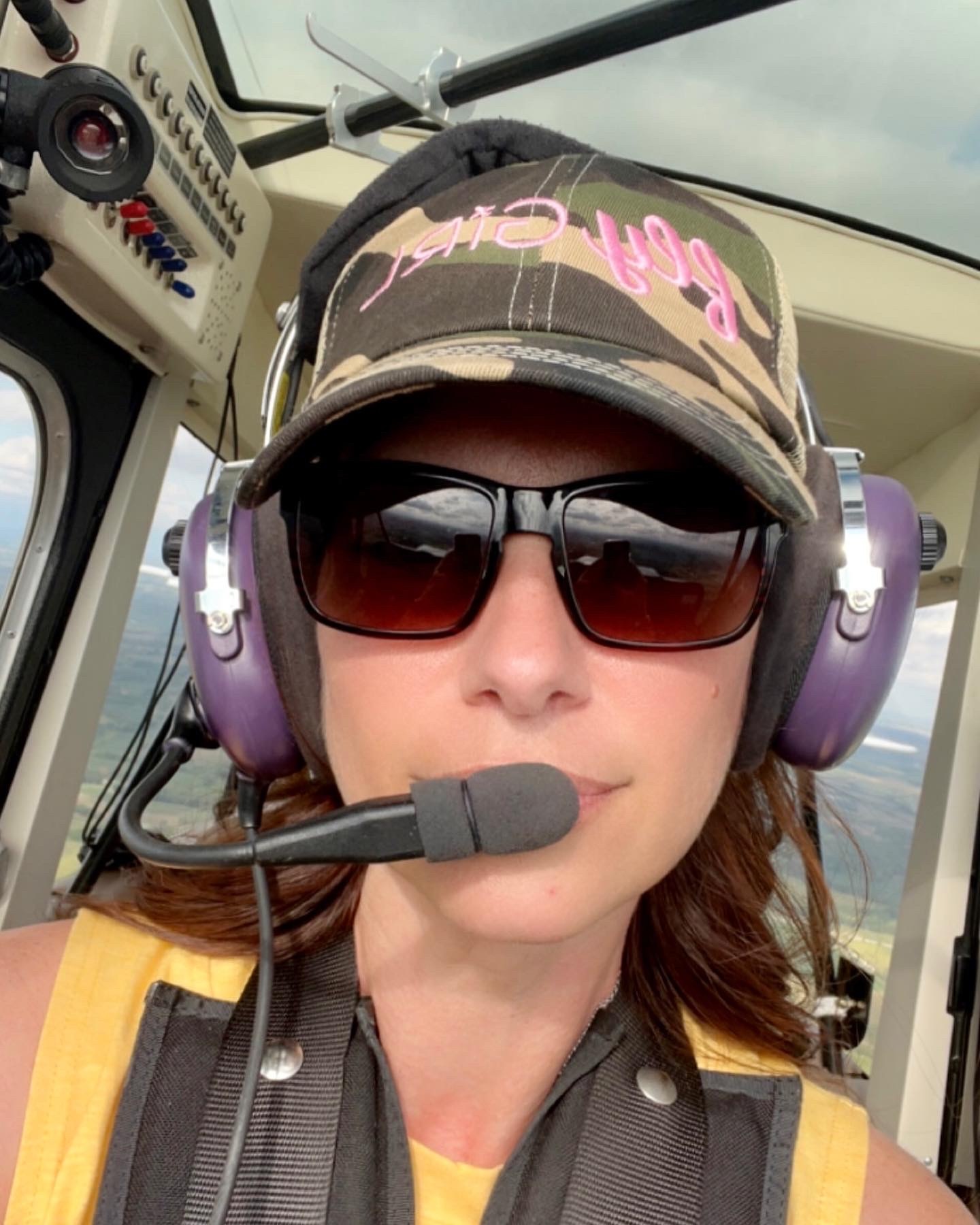
Karey grew up and obtained her in private pilot’s license in Central Iowa. She fell in love with tailwheel aircraft during her primary training and obtained a tailwheel endorsement the week following her private pilot checkride. She is eager to obtain her seaplane rating and is merging her passion for flying with her prior work career. Karey has a background in marketing, editing, and web design after graduating from Simpson College. When she is not flying or working, Karey enjoys anything related to technology and admits she can be a bit of a nerd. She also has discovered a love for virtually all outdoor pursuits, with a special fondness for climbing, shooting, and hiking.

Stay Connected
Be the very first to get notified when we publish new flying videos, free lessons, and special offers on our courses.

